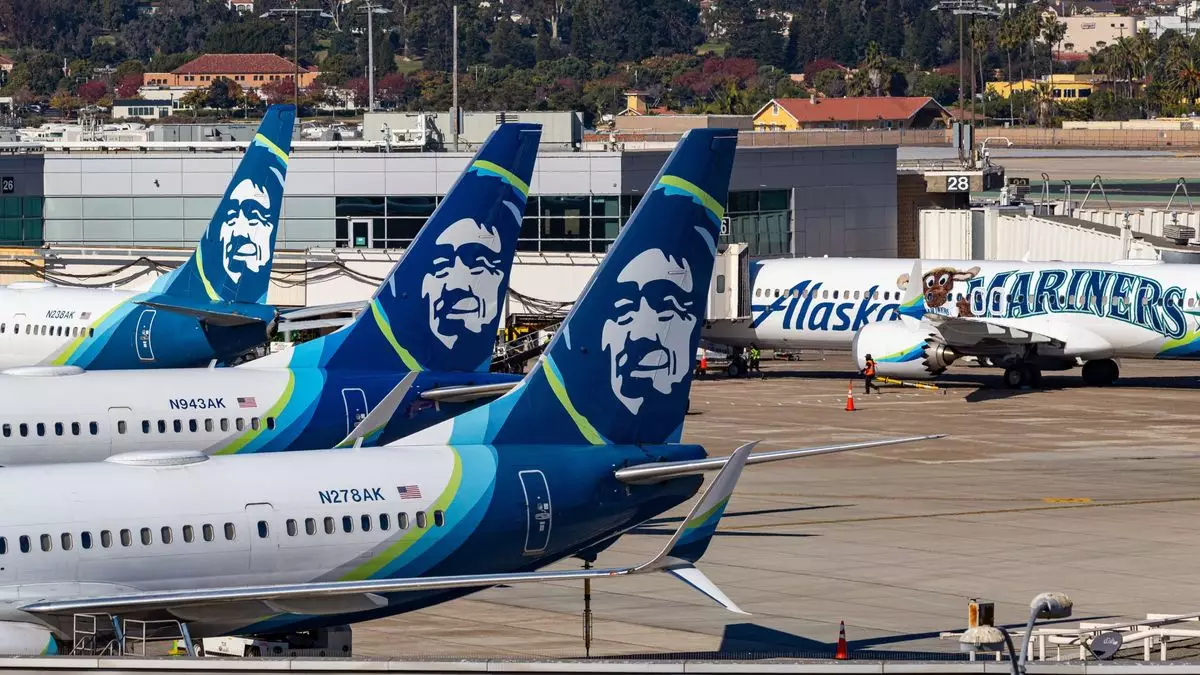Alaska Airlines is making a striking foray into Hollywood Burbank Airport’s competitive landscape, stepping in to fill the void left by Avelo Airlines’ departure. This move is more than just replacing a competitor; it’s a calculated effort to establish a formidable presence at a key regional hub. By launching daily, year-round flights connecting Burbank with destinations like Eugene, Redmond/Bend, and Pasco, Alaska is leveraging its existing regional strength and reputation for reliability. Their choice of Embraer E175 aircraft signals a focus on regional connectivity, ensuring convenient, frequent service that appeals to both leisure and business travelers. The timing—began operating in late October—gives Alaska a crucial head start, capturing market share before Breeze, another contender in the scene, even gets off the ground.
Strategic Timing and Competitive Edge
Alaska’s early entry gives it a significant advantage over Breeze, projected to start service from Burbank only in March of the following year. This delay could allow Breeze’s plans to be perceived as more ambitious, but Alaska’s established operational infrastructure and existing flight routes from Burbank position it as a more reliable, immediate option. Alaska’s decision to expand within California and neighboring states demonstrates a clear understanding of the regional travel patterns and demand—particularly for travelers seeking direct, time-efficient routes for both leisure and business. Their broader plans to introduce seven new routes connecting California with the Pacific Northwest signal confidence in regional travel rebound and a strategic push to dominate these corridors.
Redefining Regional Connectivity and Competition
Alaska has shown a masterclass in regional route expansion, offering exclusive service on some routes such as Santa Rosa to Palm Springs and San Diego to Sun Valley. These routes, currently underserved or unserved by other airlines, provide Alaska with a competitive edge, fostering loyalty among travelers seeking seamless connections to scenic destinations or ski resorts. Furthermore, Alaska’s entry into Burbank’s market threatens established players like Allegiant, which currently provides seasonal service on certain routes. Alaska’s aggressive approach reflects a broader strategy to reshape regional travel, offering consistent, year-round flights where others rely on seasonal schedules, thus appealing to a broader demographic.
Implications for the Future of Regional Airline Strategies
Alaska’s strategic expansion underscores a larger trend: airlines are increasingly recognizing regional airports’ potential as lucrative gateways to underserved markets. Their approach demonstrates confidence not only in current demand but also in the long-term viability of regional air travel. The move could prompt other carriers to rethink their strategies, accelerating investments in underserved routes and reinforcing Alaska’s reputation as an innovative and competitive regional airline. Overall, Alaska’s maneuver at Burbank, combined with its broader route plans, signals a decisive shift toward prioritizing regional dominance, emphasizing efficiency and responsiveness in a rapidly evolving aviation landscape.


Leave a Reply